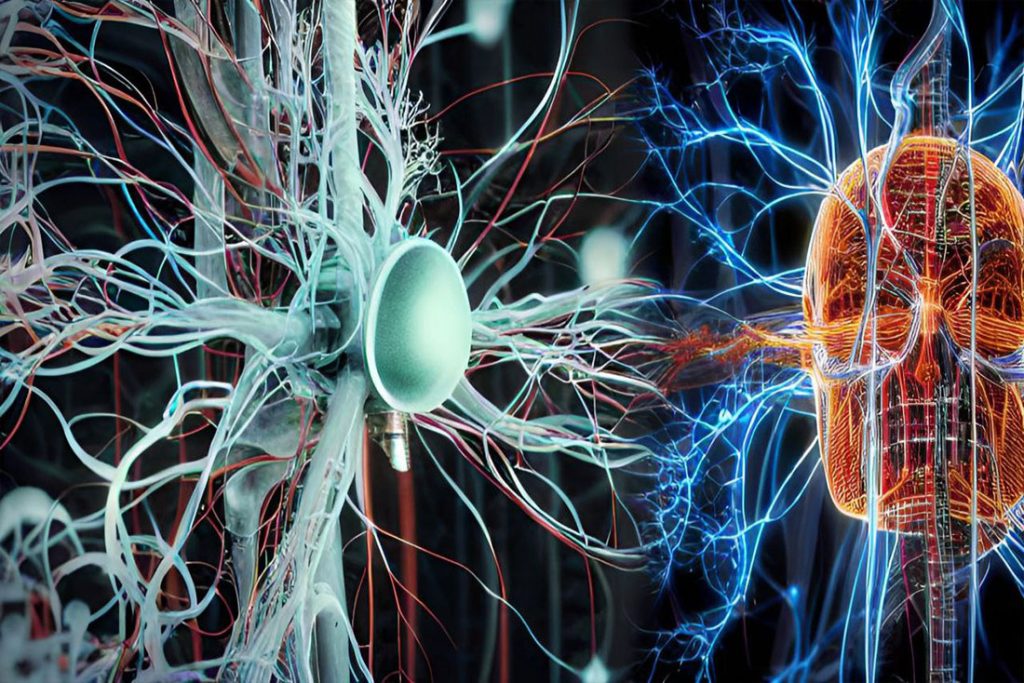The Meninges: Protective Coverings of the Brain and Spinal Cord
The meninges, a group of three connective tissue coverings, play a crucial role in protecting and supporting the delicate structures of the brain and spinal cord. This article provides an in-depth exploration of the meninges, including their composition, functions, and the spaces they create within the central nervous system.

Protective Coverings of the Brain and Spinal Cord
Anatomy of the Meninges
The meninges are composed of three layers that envelop and encase the brain and spinal cord:
- Dura Mater: The dura mater is the thickest and outermost layer of the meninges. It is a strong, fibrous membrane that provides protection and support to the underlying neural tissues. The dura mater consists of two layers: an outer periosteal layer, which attaches to the inner surface of the skull bones, and an inner meningeal layer. These layers are typically fused, except in certain areas where they separate to form dural venous sinuses, which play a role in venous drainage from the brain.
- Arachnoid Mater: The arachnoid mater is a delicate, web-like membrane that lies beneath the dura mater. It is separated from the dura mater by the subdural space, a potential space containing a small amount of fluid. The arachnoid mater covers the brain’s external surface and extends into the sulci, or grooves, of the cerebral cortex. It does not dip into the brain’s convolutions. The arachnoid mater, together with the pia mater, forms the subarachnoid space.
- Pia Mater: The pia mater is the innermost layer of the meninges, adhering directly to the surface of the brain and spinal cord. It is a thin, delicate membrane that closely follows the contours of the underlying neural tissues, enveloping blood vessels as it traverses through the brain. The pia mater is highly vascular and supplies nutrients to the brain and spinal cord.

Functions of the Meninges
The meninges serve several crucial functions that contribute to the protection and proper functioning of the central nervous system:
- Physical Protection: The meninges provide a strong and resilient protective barrier around the brain and spinal cord, shielding them from mechanical shocks and trauma. The dura mater, being the outermost layer, offers the greatest strength and durability.
- Chemical Protection: The meninges help maintain a stable chemical environment for the neural tissues. The subarachnoid space between the arachnoid and pia mater contains cerebrospinal fluid (CSF), which acts as a cushion, absorbing shocks and distributing nutrients and waste products throughout the CNS.
- Support and Suspension: The meninges suspend and support the brain and spinal cord within their respective cavities—the cranial cavity and vertebral canal. This suspension helps counteract the effects of gravity and allows for the normal movement and positioning of these vital structures.
- CSF Circulation: The subarachnoid space, situated between the arachnoid and pia mater, is filled with CSF. This fluid provides buoyancy to the brain and spinal cord, reducing their effective weight and preventing compression. It also aids in the removal of metabolic waste products from the CNS.
The meninges, consisting of the dura mater, arachnoid mater, and pia mater, form a protective barrier around the brain and spinal cord. These connective tissue coverings not only provide physical and chemical protection but also contribute to the support and circulation of cerebrospinal fluid. Understanding the structure and functions of the meninges is essential in diagnosing and treating neurological conditions, ensuring the proper functioning of the central nervous system, and promoting overall neurological health.











